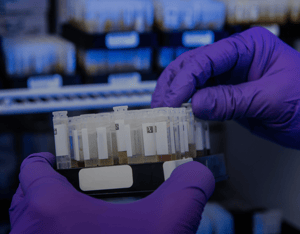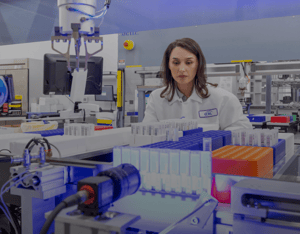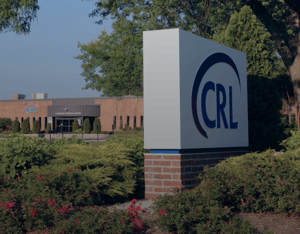Life insurers focus on life expectancy, which is impacted by lifestyle and disease for individuals, and by natural events and pandemics like COVID-19 for groups of individuals. But limited individual life expectancy is that of the human species. Even the healthiest person dies, and most of that mortality occurs in a relatively narrow age band. Improved lifestyle and disease prevention and treatment reduces premature mortality, but the impact of these improvements and treatments has progressively less impact once the oldest age band is reached.
Extending human life expectancy requires understanding the limiting factors which lie beyond lifestyle and disease factors; the nature of those factors is hotly debated. A new study in Nature lends support to the theory that life expectancy is limited by the accumulation of somatic mutations. To study this, the authors looked at colon epithelium, which is very similar across the 16 mammalian species studied and is minimally subject to mutations from exogenous sources that could impact individuals at varying levels. The species studied included mice, dogs, cattle, lions, and humans.

Image via Nature
The authors found that the number of mutations per year of life for different species varied substantially but was similar between individuals of the same species. The longest-living species – humans – had the lowest annual rate of mutation. There were progressively more mutations in other species, which corresponded to a shortened life expectancy following a log curve. There was no correlation with species size and mutations with giraffes and tiny mole-rats, which had similar mutation rates and 25-year life expectancies. The most common type of mutation varied somewhat by species, but it was the cumulative mutation total that correlated with life expectancy.
The accumulation of mutations, which is a losing battle between rate of mutation and ability to repair them, may simply reduce cellular fitness leading to death. But the authors suggest an alternative based on this and other research: these mutations lead to a clonal expansion of the mutated cells with progressive burden on the organism, like a malignancy. This may explain a substantial portion of the limit on species’ life expectancies, but other factors are still likely to play a role. Our understanding, while growing, is still well short of any useful life extension efforts in contrast to our success in reducing premature mortality.
About the Author
Michael Fulks, MD, Consulting Medical Director, is board-certified in internal and insurance medicine. After leaving practice, he served as a medical director, creating or editing several underwriting manuals and preferred programs. More recently, Mike has consulted for CRL participating in its mortality research on laboratory test results, BP and build, and in the development of risk-scoring tools for laboratory and non-laboratory data.





